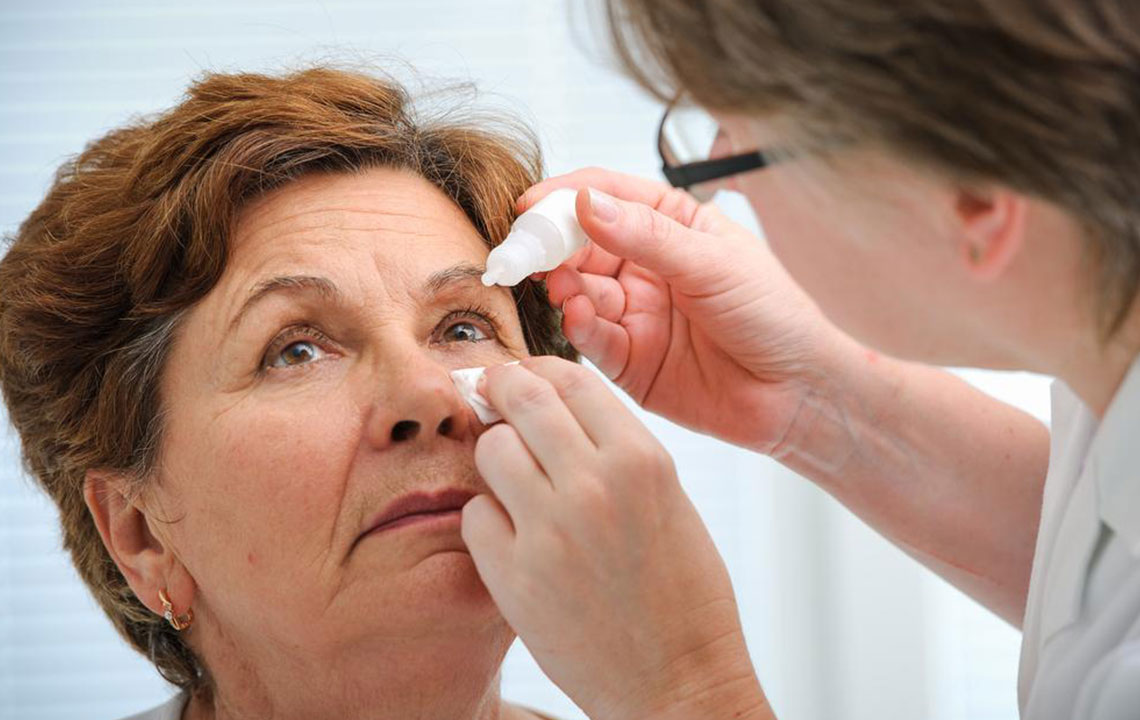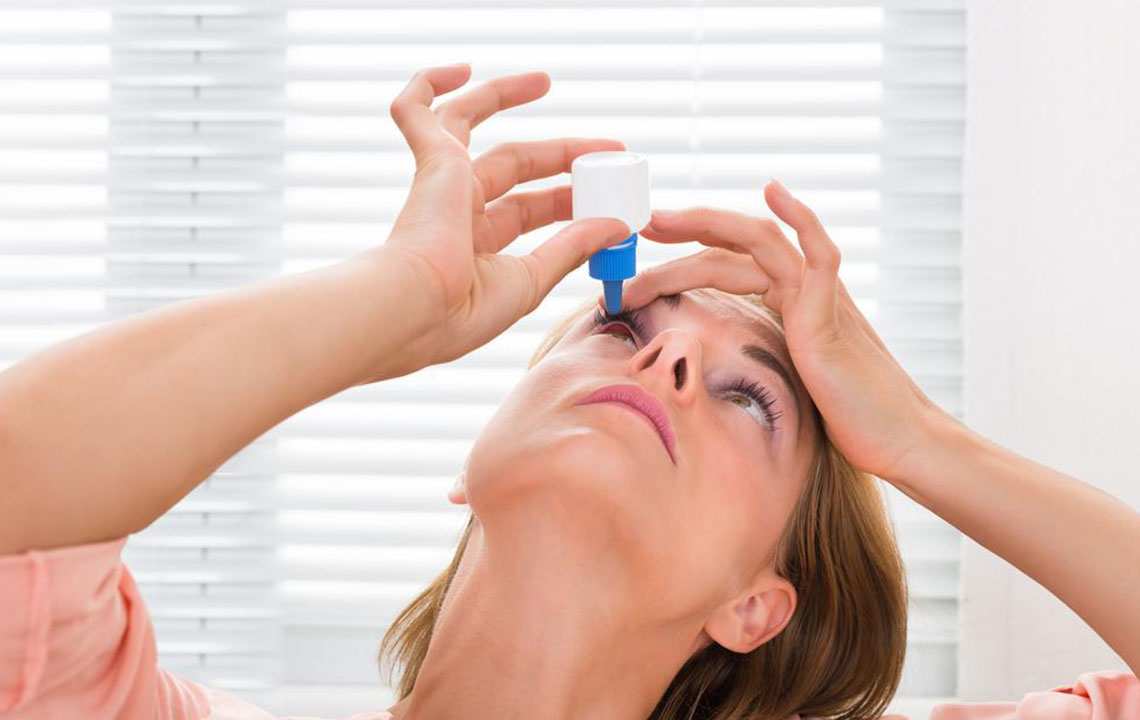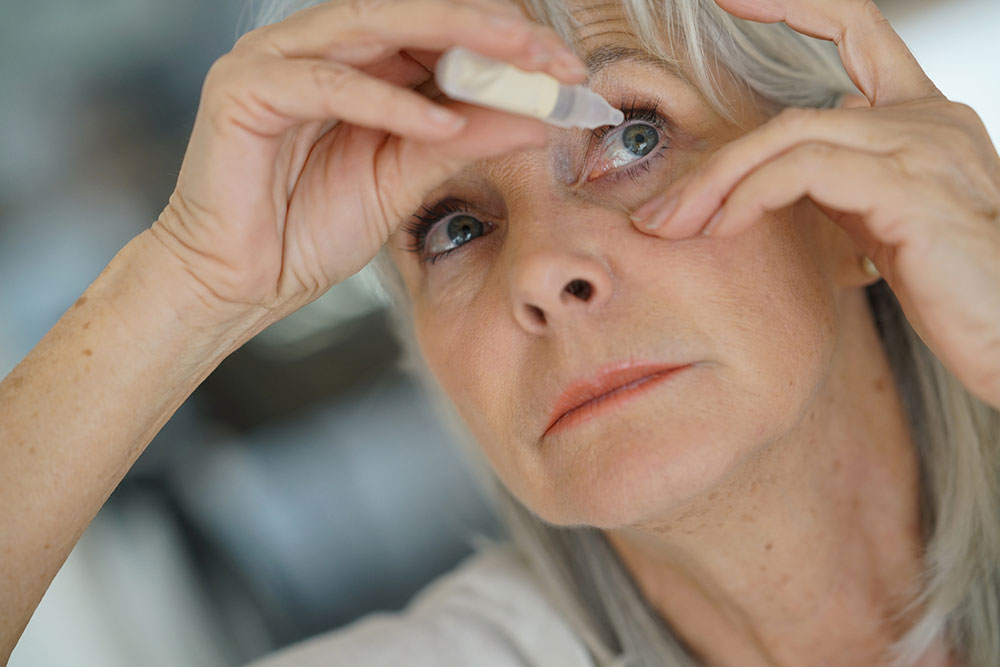Understanding the Main Causes of Dry Eyes
This article explores the various causes of dry eyes, including aging, health conditions, medications, environmental factors, and hormonal influences. Recognizing these factors can help in timely management and prevention of dry eye symptoms, ensuring better ocular health. Proper eye care and consultation with healthcare professionals are essential for those experiencing persistent dryness or discomfort.
Sponsored

Dry eyes result from insufficient tear production or poor tear quality. Tears, a combination of water, oils, and other fluids, keep the eyes smooth and shield them from infections. Some individuals produce fewer tears as they age, while others may have blocked oil glands near the eyelid edges (meibomian glands). This leads to tear film imbalance and dry eye symptoms. Causes include physiological changes, health conditions, medications, environmental factors, and hormonal fluctuations, all contributing to inadequate eye lubrication and comfort.
Common reasons behind dry eyes include:
Aging
Older adults often experience decreased tear production and less effective eyelid function, making dry eyes more prevalent with age.
Medical Conditions
Diseases such as diabetes, rheumatoid arthritis, lupus, Sjogren's syndrome, thyroid disorders, and vitamin A deficiency can impair tear production.
Medications
Drugs like antihistamines, hormone therapies, decongestants, antidepressants, beta-blockers, diuretics, and others prescribed for hypertension, contraception, or neurological disorders often contribute to dryness.
Post-surgical and Environmental Factors
Laser eye surgeries may temporarily affect tear production. Contact lens wear can cause irritation. Exposure to dry, windy, or polluted air, infrequent blinking during visual tasks, eyelid abnormalities, or tear imbalance can also cause dry eyes.
Hormonal fluctuations in women—such as during pregnancy, menopause, or from contraceptive pills—can influence tear production. External factors like sun exposure, high altitudes, and hot airflow further dry out the eyes.
Activities involving reduced blinking, such as running or working on computers, may accelerate tear film depletion, leading to dryness. Certain health conditions, including allergic conjunctivitis, contact dermatitis, Sjogren's syndrome, rheumatoid arthritis, lupus, and scleroderma, also elevate dry eye risk.
Understanding these causes emphasizes the importance of seeking appropriate medical attention to protect eye health and maintain comfort.






